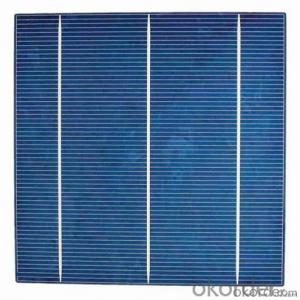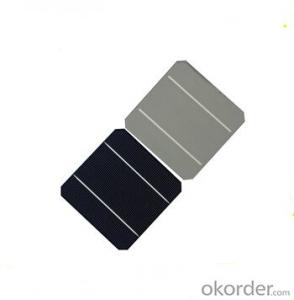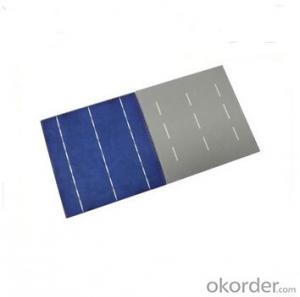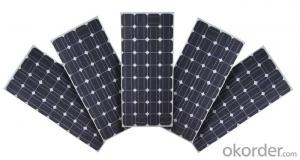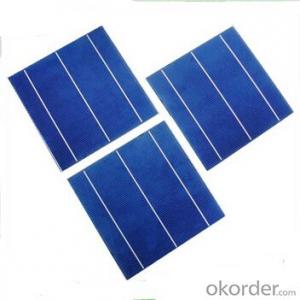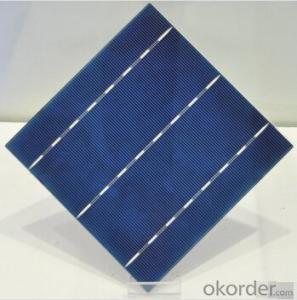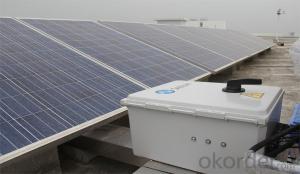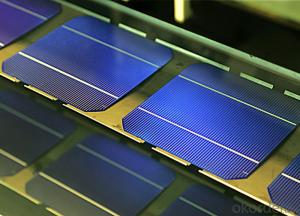Plasmonic Solar Cells
Plasmonic Solar Cells Related Searches
Ac Inverter For Solar Panels Solar Panel With Ac Inverter Gas Furnace With Ac Panda Hot Water Bottle Cover Minion Hot Water Bottle Cover Abb Solar Water Pump Inverter Solar Water Pump Philippines Extra Long Hot Water Bottle Solar Panel Dc To Ac Inverter Old Fashioned Hot Water BottleHot Searches
Cheap Solar Cells For Sale Flexible Solar Cells For Sale Q Cells Solar Panels For Sale Printed Solar Cells For Sale Bulk Solar Cells For Sale 6x6 Solar Cells For Sale Broken Solar Cells For Sale Cpv Solar Cells For Sale Photoelectric Cells For Sale Price Of Silicon Solar Cells Price Of Solar Cells Over Time Buy Solar Cells From China Cheap Solar Cells China Best Type Of Solar Cells Solar Module Wholesale Price Flexible Solar Cells Price Q Cells Solar Panels Price 3 Types Of Solar Cells Production Of Solar Cells Common Types Of Solar CellsPlasmonic Solar Cells Supplier & Manufacturer from China
Okorder.com is a professional Plasmonic Solar Cells supplier & manufacturer, offers integrated one-stop services including real-time quoting and online cargo tracking. We are funded by CNBM Group, a Fortune 500 enterprise and the largest Plasmonic Solar Cells firm in China.Hot Products
FAQ
- The payback period for installing solar cells varies depending on several factors, such as the initial cost of installation, the amount of energy generated by the solar cells, and the cost of electricity in the area. Generally, the payback period ranges from 5 to 15 years, but it can be shorter or longer depending on these factors.
- Yes, solar cells can be damaged by hail or strong winds. Hailstones can cause physical damage by cracking or breaking the surface of solar panels, which can impair their performance. Similarly, strong winds can dislodge or break the panels, leading to functional issues. Therefore, it is important to consider the potential risks of hail and strong winds when installing solar cells and take appropriate protective measures.
- Yes, solar cells can be used in combination with batteries. The electricity generated by solar cells during the day can be stored in batteries for later use, allowing for a continuous supply of power even when the sun is not shining or during power outages. This combination is commonly used in solar energy systems to enhance their reliability and provide a sustainable source of electricity.
- Solar cells do not perform as efficiently in areas with limited sunlight, as their energy production is directly dependent on the amount of sunlight available. However, advancements in solar cell technology have improved their ability to generate electricity even in low light conditions.
- Yes, solar cells can be used for powering amusement parks. Solar energy can be harnessed through solar panels, which can generate electricity to power various rides, lighting systems, and other infrastructure within the park. It is a sustainable and environmentally friendly alternative to traditional energy sources, reducing the carbon footprint and operating costs of the amusement park.
- Solar cells can be affected by high levels of dust storms as the accumulation of dust and debris on their surfaces reduces their efficiency. Dust particles can block sunlight from reaching the solar cells, which in turn reduces their energy production. Regular cleaning and maintenance are necessary in areas with high levels of dust storms to ensure optimal performance of solar cells.
- Solar cells have a significant impact on reducing energy waste by harnessing the sun's energy and converting it into electricity. By utilizing renewable and clean energy sources, solar cells contribute to reducing the dependence on fossil fuels, which are finite and contribute to environmental pollution. Additionally, solar cells help decrease energy waste by generating electricity at the point of use, minimizing transmission and distribution losses.
- Yes, solar cells can be used for powering remote research stations. Solar cells, also known as photovoltaic cells, convert sunlight into electricity, making them an ideal choice for locations where grid connections are impractical or non-existent. By harnessing the power of the sun, solar cells can provide a reliable and sustainable source of energy for remote research stations, ensuring continuous power supply for various scientific activities and equipment.
















